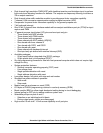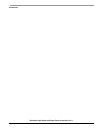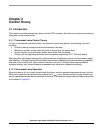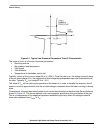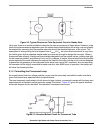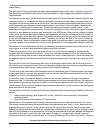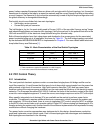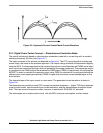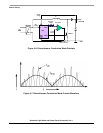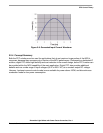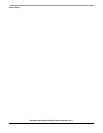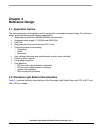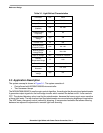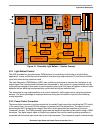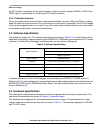
PFC Control Theory
Dimmable Light Ballast with Power Factor Correction, Rev. 1
Freescale Semiconductor 17
Figure 2-5. Hysteresis Current Control Mode Current Waveform
2.2.3 Digital Power Factor Concept — Discontinuous Conduction Mode
The control technique is based on discontinuous conduction mode with a current loop with a constant
switching frequency (40 kHz) (see
Figure 2-7).
The basic principles of the scheme are depicted in Figure 2-6. The PFC control algorithm includes two
control loops, the same as the previous approach. The output voltage controller is implemented digitally
using the MCU. A value proportional to the required input current is modulated by the PWM0 and is taken
as an input to the current control loop, which is realized by the analog comparator. The comparator output
is connected to the PWM fault pin that disables the PWM output. PWM1 is used directly for switching the
MOSFET in order to maintain the required current value. PWM1 is switched off in every period where the
reference sine wave signal generated by PWM0 is higher than the actual current sensed signal on the
shunt resistor.
The desired shape of the input current is a sine wave. The generated current waveform is shown in
Figure 2-8.
The discontinuous conduction mode PFC concept has several drawbacks — higher THD than hysteresis
current control mode, non sinusoidal input current waveform, and the discontinuous conduction mode
itself. The input current harmonics content, however, complies with EN 61000-3-2 standard.
The advantages are a simple control circuit, with low MCU resource consumption, and low losses.



